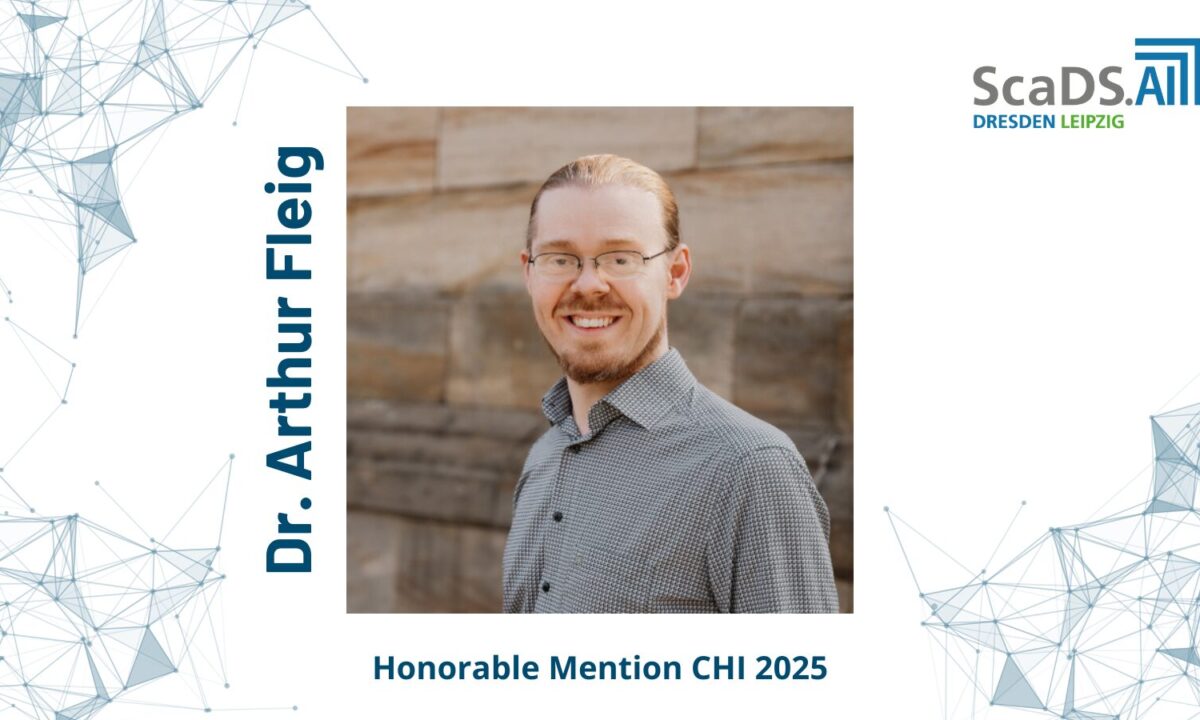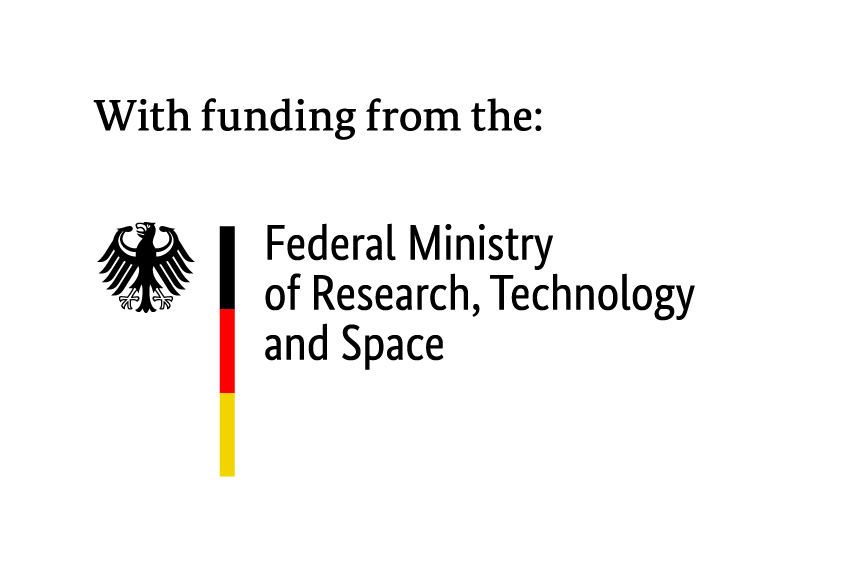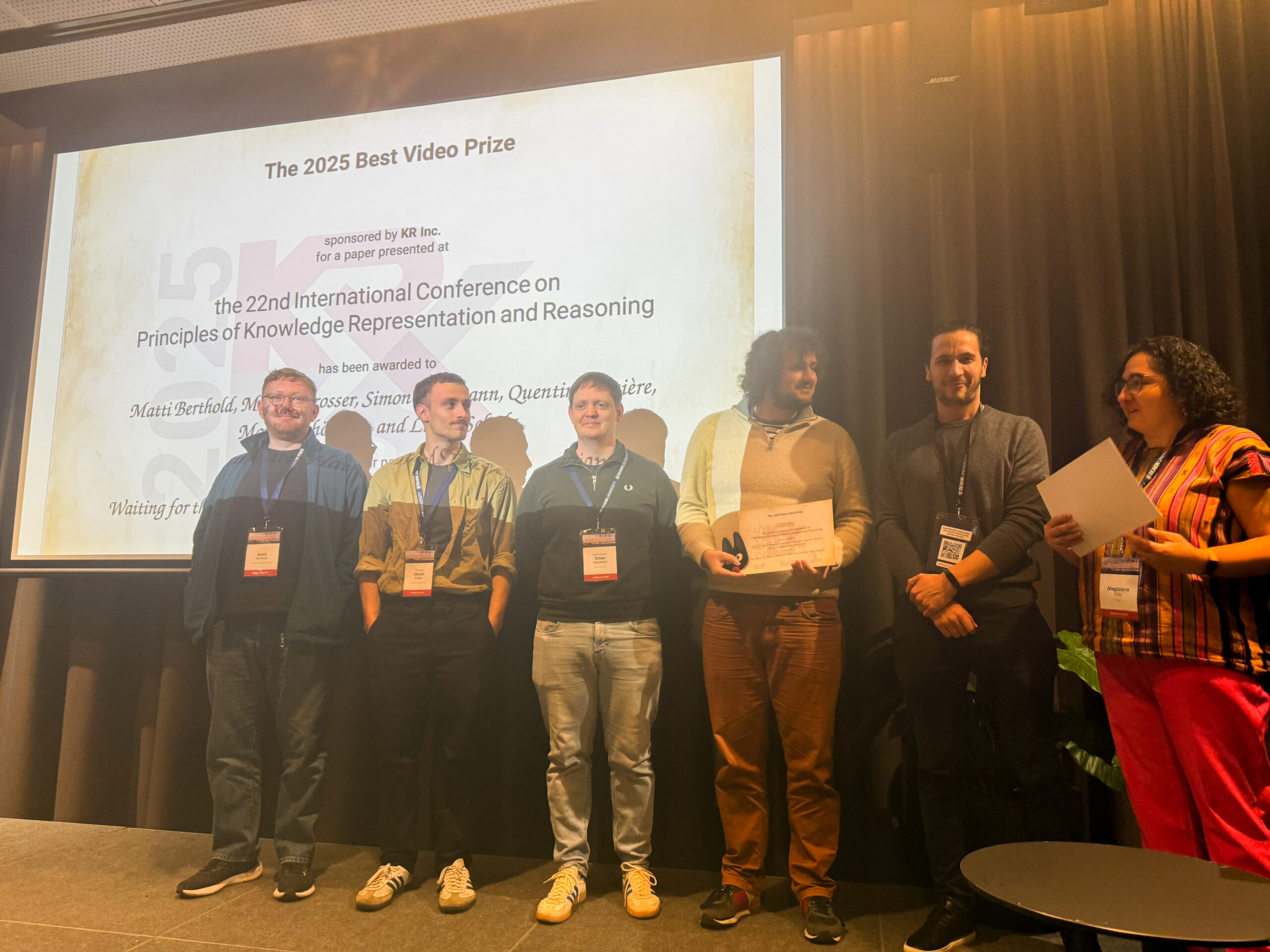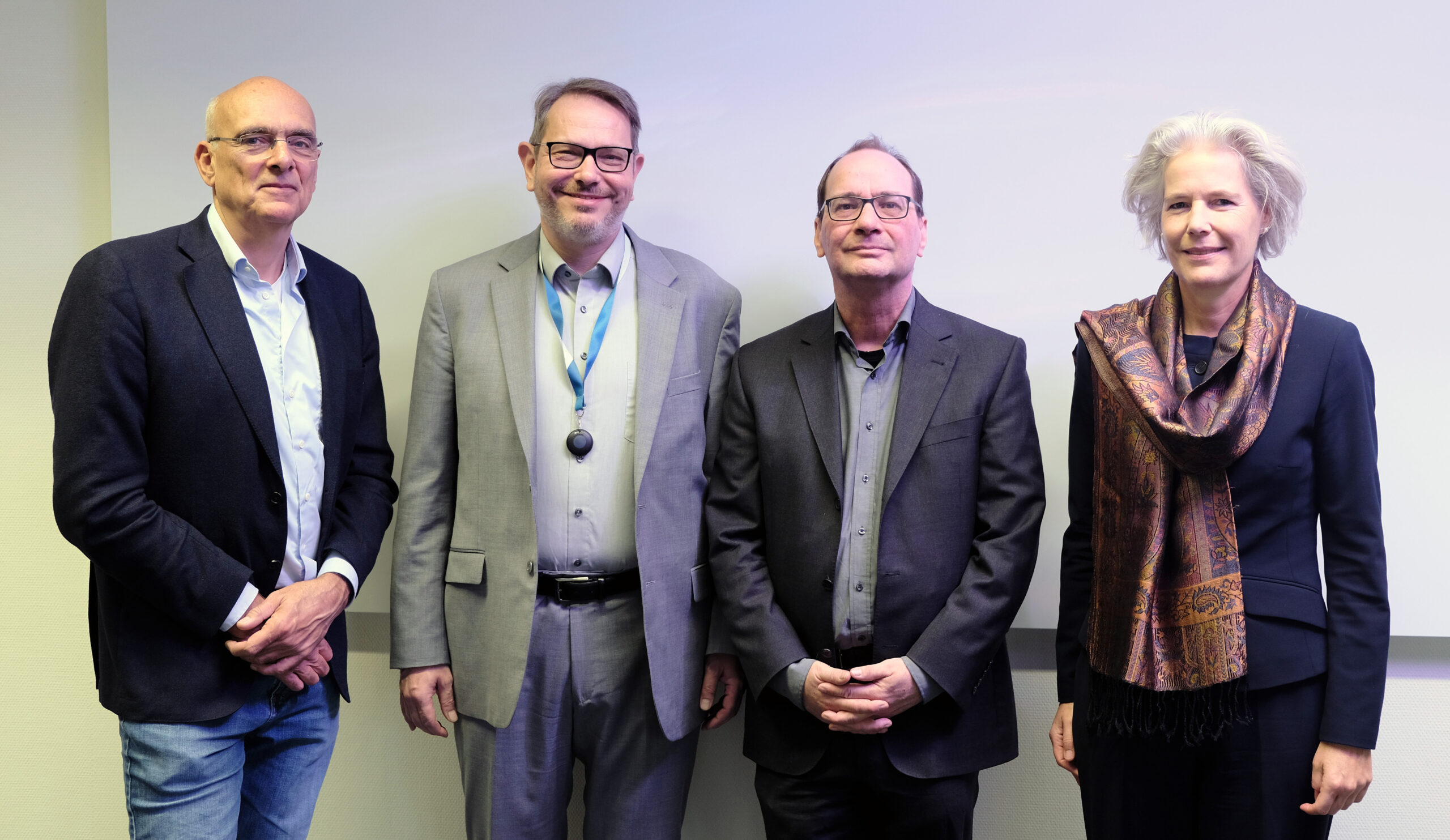
April 25, 2025
ScaDS.AI Dresden/Leipzig at CHI 2025 in Yokohama, Japan

The vibrant streets of Yokohama set the stage for CHI 2025, which takes place from April 26 – May 1, 2025. A premier international conference, where human-computer interaction (HCI) converges with breakthrough innovation. With an overall acceptance rate of around 25% for the papers track, this year’s event celebrates pioneering ideas and rigorous scholarships. ScaDS.AI Dresden/Leipzig has contributed a series of papers with topics such as:
- driver safety,
- biomechanical simulation,
- privacy assessment,
- mental healthcare,
- augmented reality, and
- video-mediated communication.
A Global Stage for Innovative Research
The ACM (Association for Computing Machinery) CHI conference on Human Factors in Computing Systems is renowned for bringing together interdisciplinary thought leaders from computer science, design, psychology, and engineering. It is on this global stage that our researchers leverage advanced data science and innovative HCI techniques to address real-world challenges. Our contributions highlight our commitment to delivering effective, scalable solutions. Indeed, building on this worldwide impact, the driving force behind these achievements are our contributing experts.
Our Accepted Contributions
CHI 2025 provided a distinguished platform for both conventional and late‐breaking work submissions. Late‐breaking work papers are those emerging studies that, although submitted closer to the conference deadline, address emerging trends and novel approaches with timely relevance. In addition, the conference recognizes exceptional contributions through awards such as the Honorable Mention for papers in the top 5% of the conference.
Honorable Mention
Proactive Driver Safety Innovations
This work redefines driver safety with a forward-thinking approach that predicts safe sight distances before an overtaking maneuver is attempted. By integrating in‑car sensor data with precise 3D mapping techniques, the study enables Advanced Driver Assistance Systems (ADAS) to issue timely, preventive warnings rather than merely reacting to hazards. A comparative analysis of two innovative user interface designs – a monitoring‑focused UI versus a scheduling‑focused UI – demonstrates how nuanced feedback can subtly guide drivers toward safer decisions, potentially lowering the risks encountered when overtaking on rural roads.

Late-breaking Work
Demystifying Privacy in the Digital Age
In order to translate complex legal language into clear, interactive explanations, this innovative paper uses large language models (LLMs). Empowering users with accessible data protection information, the work marks a significant stride toward democratizing legal transparency. Thus, fostering trust in digital interactions.
Transforming Biomechanical Simulation
This study delves into the complex world of reinforcement learning with the goal of producing natural, human‑like movements in biomechanical simulations. By systematically exploring task completion incentives, proximity rewards, and effort minimization, the research establishes a clear roadmap for designing reward functions that create lifelike dynamics – a critical factor for simulation‑based user interface evaluation.
Advancing Mental Healthcare Accessibility
“Bridging the Treatment Gap: A Novel LLM‑Driven System for Scalable Initial Patient Assessments in Mental Healthcare” (Niclas Rosteck, Julian Striegl, Claudia Loitsch)
Specifically focusing on reducing long waiting times and scalability issues in early mental health assessments, this paper introduces an innovative chatbot system that harmonizes rule‑based dialogue with dynamic LLM‑driven interactions. The system’s promising results indicate its potential to streamline mental healthcare entry and reduce treatment barriers, making vital care more accessible.
Paper
Pioneering Augmented Reality Interactions
“Documents in Your Hands: Exploring Interaction Techniques for Spatial Arrangement of Augmented Reality Documents” (Weizhou Luo, Marc Satkowski, Mats Ole Ellenberg, Raimund Dachselt)
This paper challenges conventional document management by enabling users to spatially arrange, scale, and reposition digital documents in an augmented reality (AR) environment. By seamlessly bridging the tangible and digital realms, it paves the way for AR applications that enhance productivity and transform the way we interact with information.
Journal
Enhancing Communication Through Gaze Perception
“Gazing Heads: Investigating Gaze Perception in Video-Mediated Communication” (Martin Schuessler, Andrew Blake, Carsten Rother, Raimund Dachselt)
Addressing the challenges of remote communication, this study introduces the “Gazing Heads” concept – a system that employs carefully controlled head rotations to simulate authentic eye contact. By enhancing mutual engagement and social presence in video-mediated meetings, the research offers promising insights into mitigating common issues like “Zoom fatigue” and reviving the human touch in remote interactions.
A Future Shaped by Scientific Excellence
CHI 2025 not only provides an arena for presenting innovative research – it validates the mission of ScaDS.AI Dresden/Leipzig. In fact, each contribution, from proactive safety systems and realistic simulations to empowering privacy tools, scalable mental healthcare solutions, innovative AR interactions, and enhanced communication methods, reflects our unwavering commitment to scientific excellence. Together, these achievements could reshape industry standards and everyday life in the near future.
As we celebrate these milestones, we remain dedicated to pushing the boundaries of interdisciplinary research and global collaboration. To conclude, the insights from CHI 2025 will undoubtedly fuel future projects and foster even deeper partnerships, ensuring that the scientific excellence of ScaDS.AI Dresden/Leipzig remains ongoing.
Our Contributing Experts

Prof. Dr.-Ing. Erik Buchmann
Leipzig University
Chair of Data Privacy and Security

Prof. Dr.-Ing. Raimund Dachselt
TUD Dresden University of Technology
Chair of Multimedia Technology

Dr. Arthur Fleig
Leipzig University

Vincent Freiberger
Leipzig University

Dr.-Ing. Claudia Loitsch
TUD Dresden University of Technology
Center for Interdisciplinary Digital Sciences (CIDS)

Niclas Rosteck
TUD Dresden University of Technology
Center for Interdisciplinary Digital Sciences (CIDS)

Marc Satkowski
TUD Dresden University of Technology

Hannah Selder
Leipzig University

Julian Striegl
TUD Dresden University of Technology
Center for Interdisciplinary Digital Sciences (CIDS)






